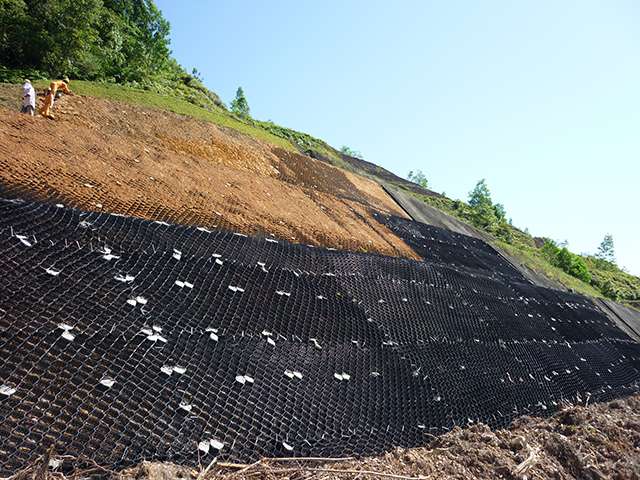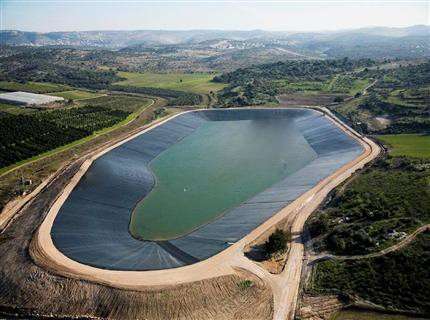
Blog

May 26,2023
What are Geocells and why are they gaining popularity?
Geocells nowadays are considered a fantastic piece of technology that is being used in a variety of ways to benefit the operations, whether you are looking for something to stabilize the soil or you are looking for something to prevent soil erosion, or even create a new type of surface, whether it is to be used for parking or as a sports field. Geocells are a material that is designed to do it all.
What is Geocells?
Geocells are three-dimensional structures that are usually filled with gravel, soil, or other material types to support stabilization at steep slopes. They are also seen to be used as barriers to prevent soil erosion. These materials comprise high-density polyethylene (HDPE) and have a robust cellular structure that allows them to conform to the terrain. These are considered ideal three-dimensional structures that can be expanded during installation because of their walls' flexibility. Thus they provide a stable structure that prevents movement by holding everything in place through the increase in compression due to environmental factors like weathering, etc.
As soon as the pressure is applied to the soil enclosed inside a geocell, in the case of load support application, various lateral strains are created on the perimeter cell wall; this reduces the soil particle mobility. This is why Geocells are seen to be used in the case of construction, as they offer benefits like reducing soil erosion, making the soil a lot more stable, protecting the channels, and providing support to the structure for the load support and the retention of the earth. It is an excellent way to develop the stability of the roads as well. In the present era, we get to see the geocells used in various applications, including road construction, landfills, mining operations, and green infrastructure projects.
Types of Geocells
High-class HDPE Geocell producers provide Geocells in various types and specifications to solve issues with different types of soils; thus, the best way that could be considered to categorize the geocells is in two main types that are perforated and non-perforated.
Perforated Geocells:
These are the type of geocells designed in a way that they have small holes in them, allowing the passage of water and air to flow through. These geocell types are considered ideal for applications where the soil needs to breathe. This could especially be seen in the case of green infrastructural projects mostly. Also, the perforations that are there improve the load distribution and strengthen it.
Non-Perforated Geocells
These are the smooth solid-walled geocells that are best for the type of applications in which there is a requirement of keeping the water outside, just like what we see in the case of landfills. The smooth, non-perforated wall prevents water infiltration in a way that helps the soil remain inside the cell. These are mostly seen to be used in the case of vertical drains and are also used; however, they are application-specific alternatives.
Benefits of Using Geocells
1. Protection and Stability
Geocells are widely seen to be used to protect the slopes from erosion and thus help make the surface stable. The cells are helpful in that they conform to the terrain and create a three-dimensional wall that prevents the lateral movement of the soil particles, preventing land sliding and keeping the surface stable. Thus, it is used in construction applications not only to prevent the ground from sliding but also to help in a way that makes the slopes challenging.
2. Protects the Lining of the Channels and other Hydraulic Structures
Geocells are products also used to protect the lining of the channels and various other types of hydraulic structures. The cells in the walls in the three-dimensional wall work to prevent the traveling of particles that can deposit or cause pollution. This way, it saves the structure from erosion. Also, it increases the lifecycle of the water channel liner products such as geomembrane, as the channels lined with the filtering products tend to clog quickly. Thus to prevent flooding, the geocells are used in the media.
3. Providing Static and Dynamic Load support on Weak sub graded Soils
Geocells are considered an ideal static and dynamic load support on weak and subgrade soils as they create a three-dimensional grid that distributes the load over a large area to prevent soil failure. The walls also help block the flow of water this way; it prevents it from becoming compact, thus increasing the stability of the soil.







